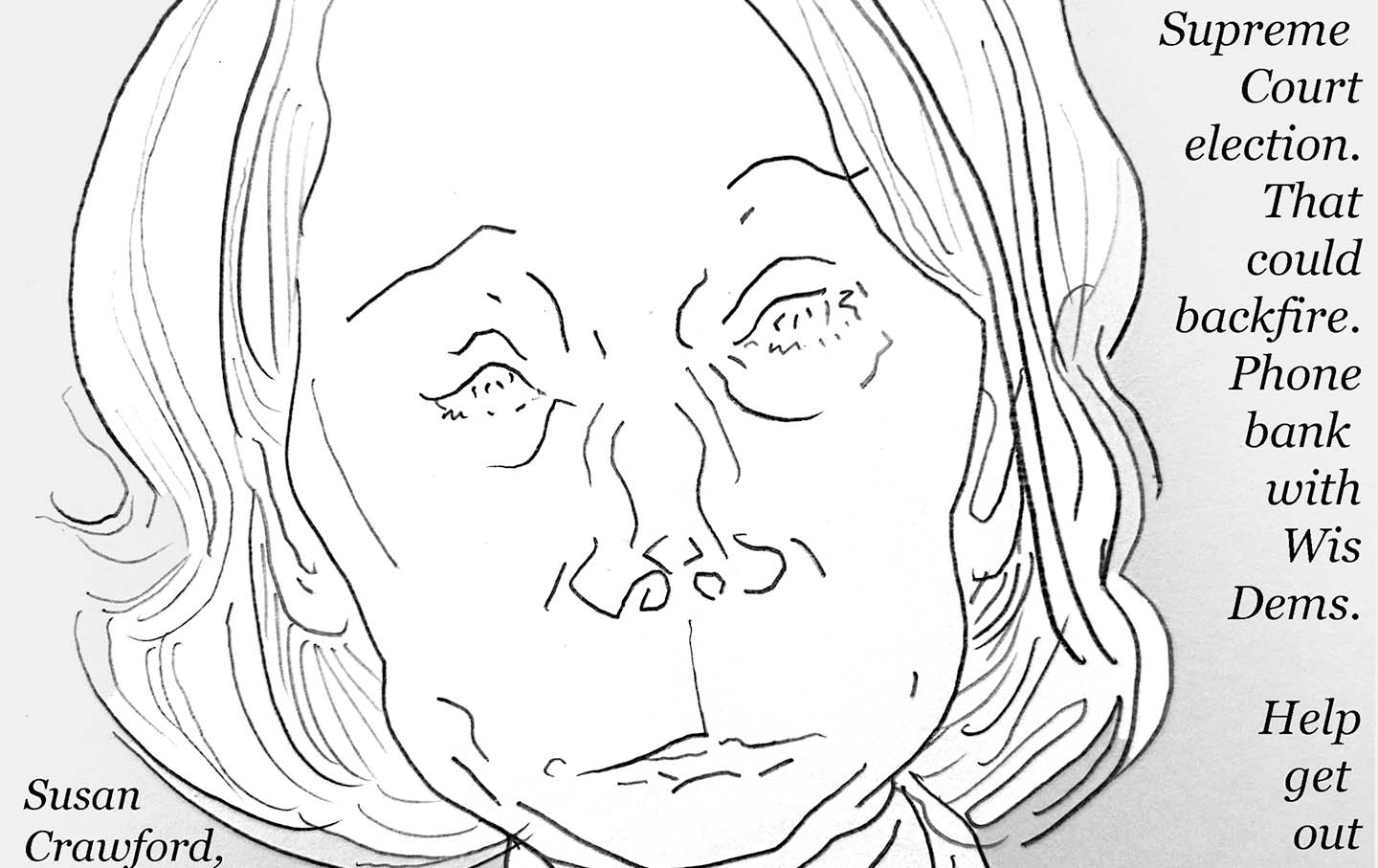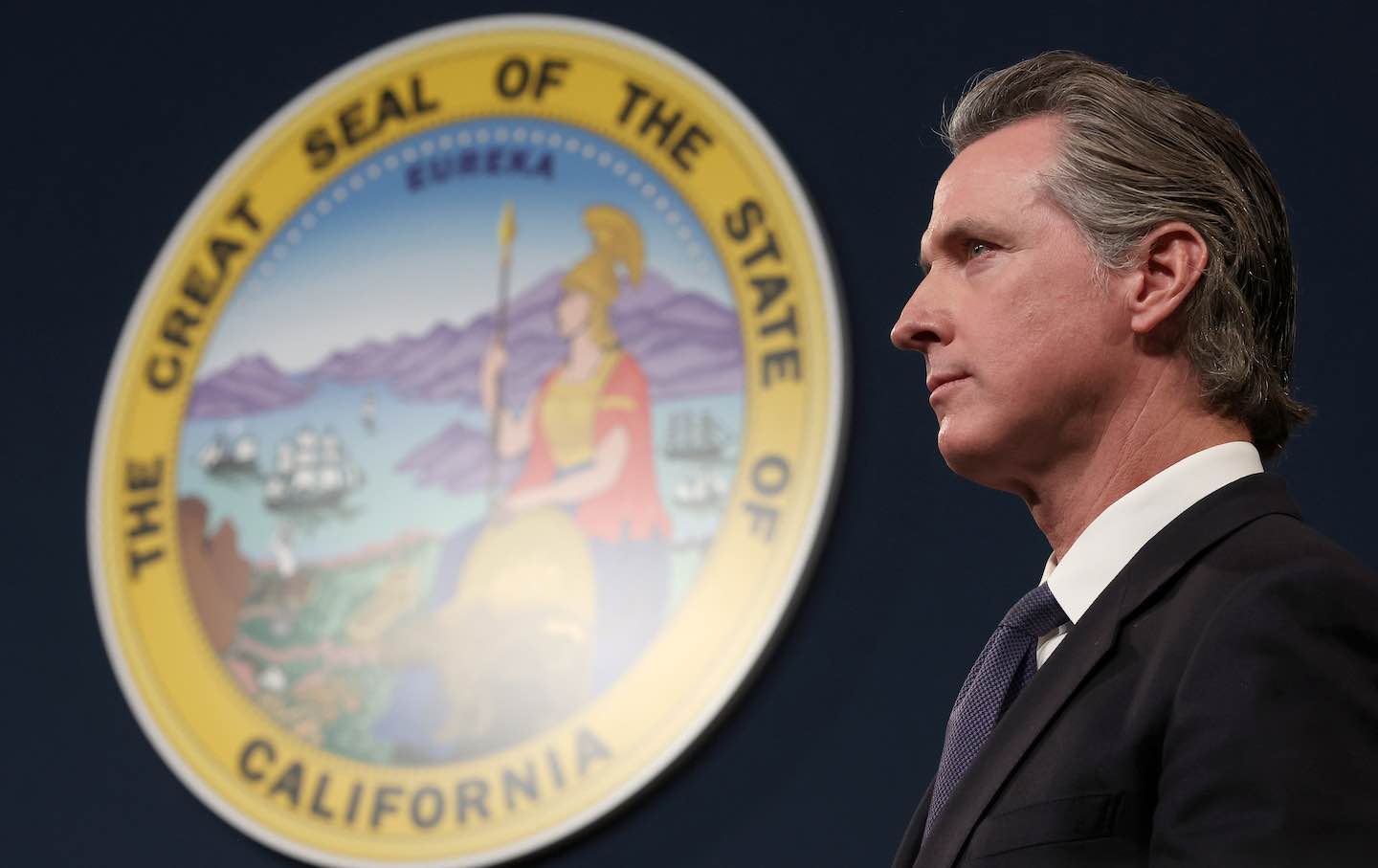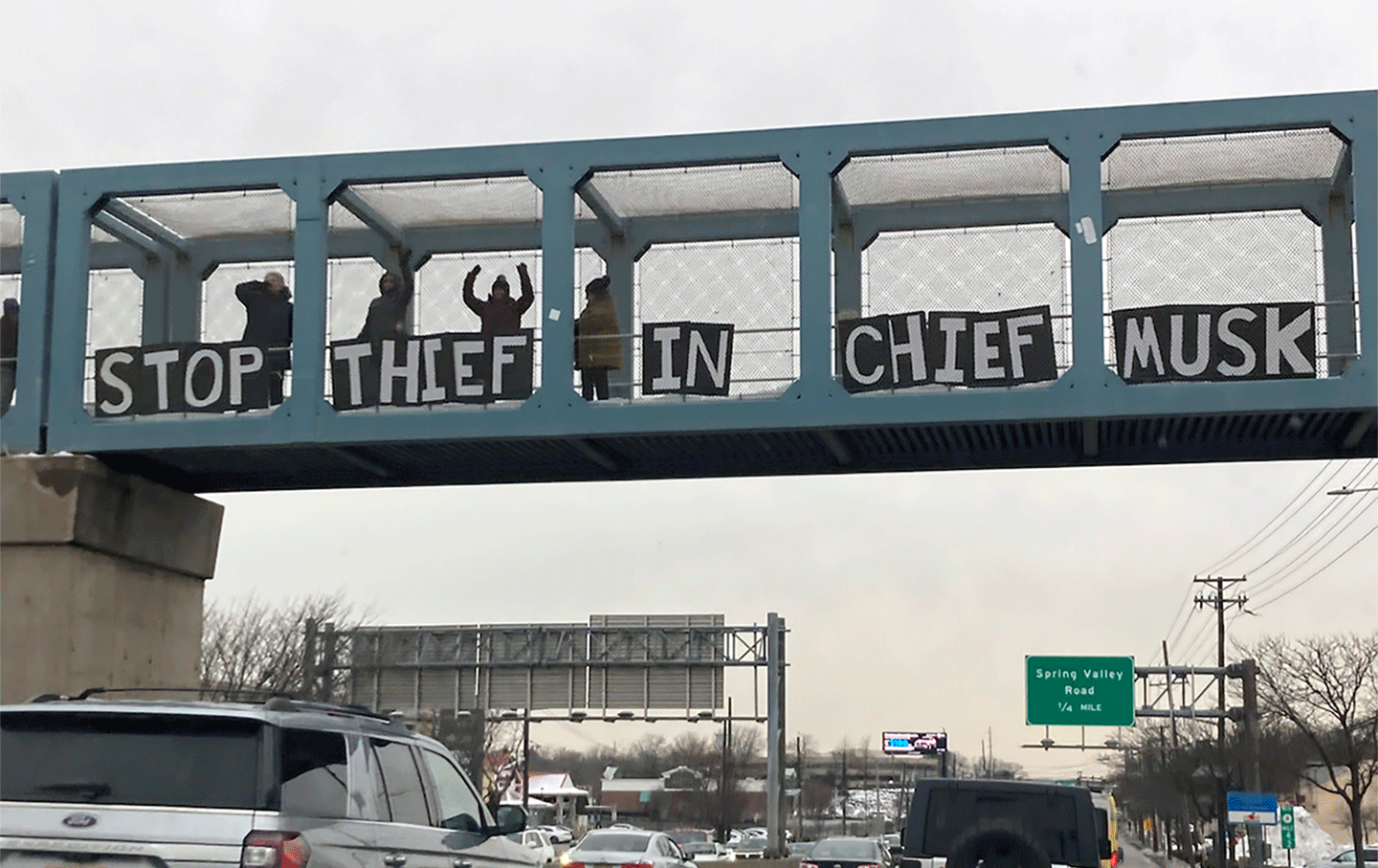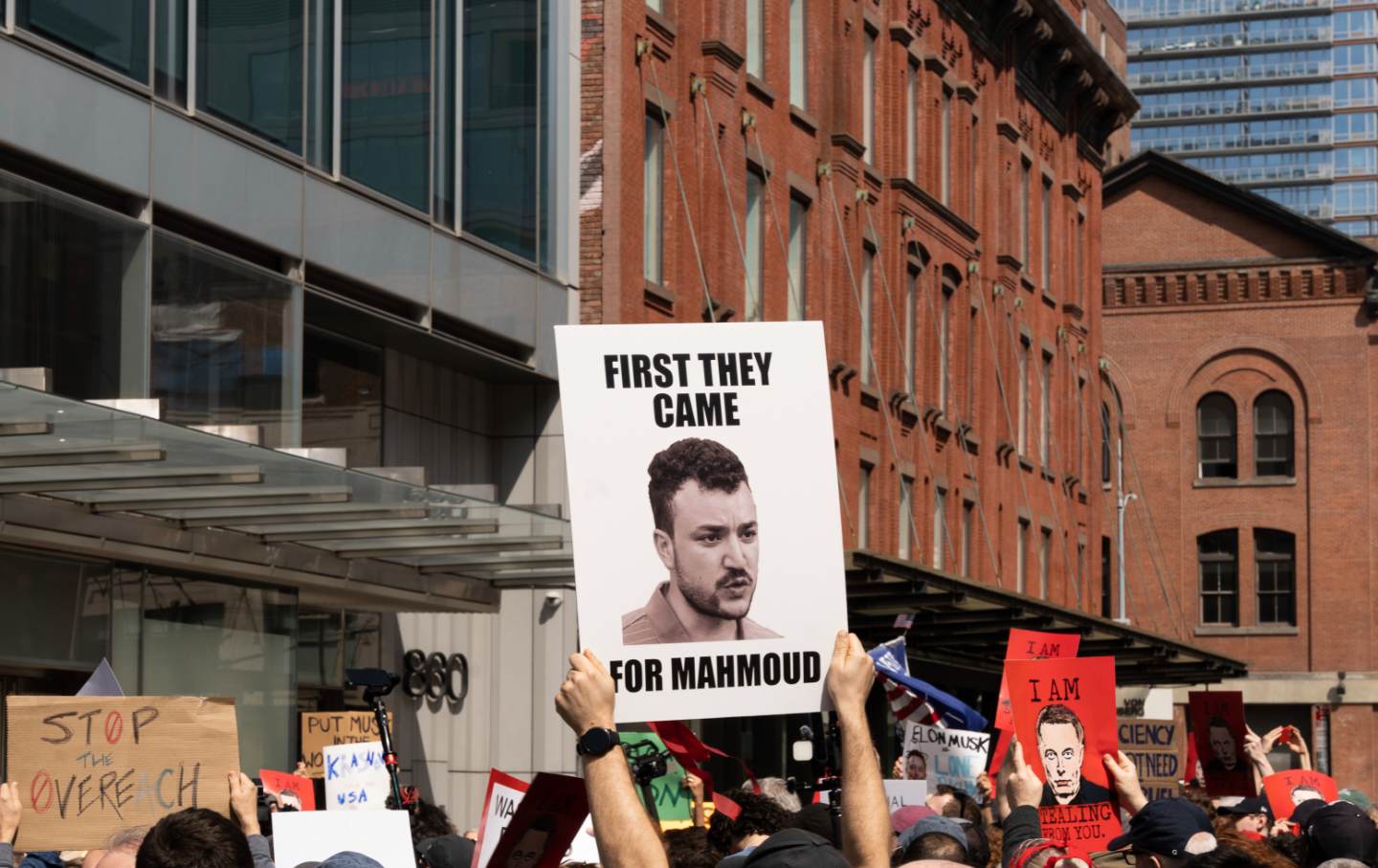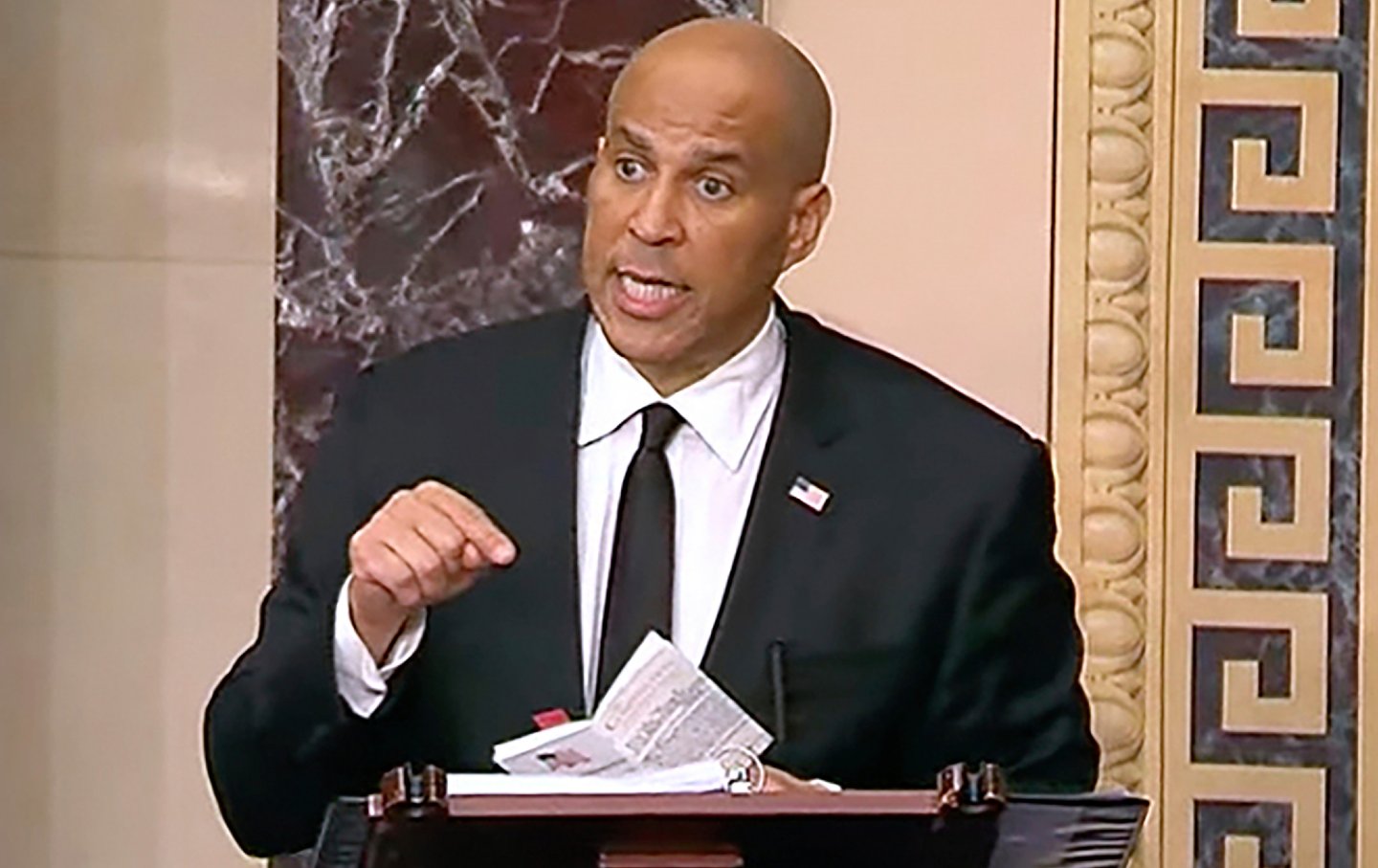Donald Trump’s Latest Threats Really Are About the Violence
It can be tempting to dismiss Trump’s threats against his perceived opponents as mere bluster, but his attacks on Letitia James make it clear that he’s not just playing around.
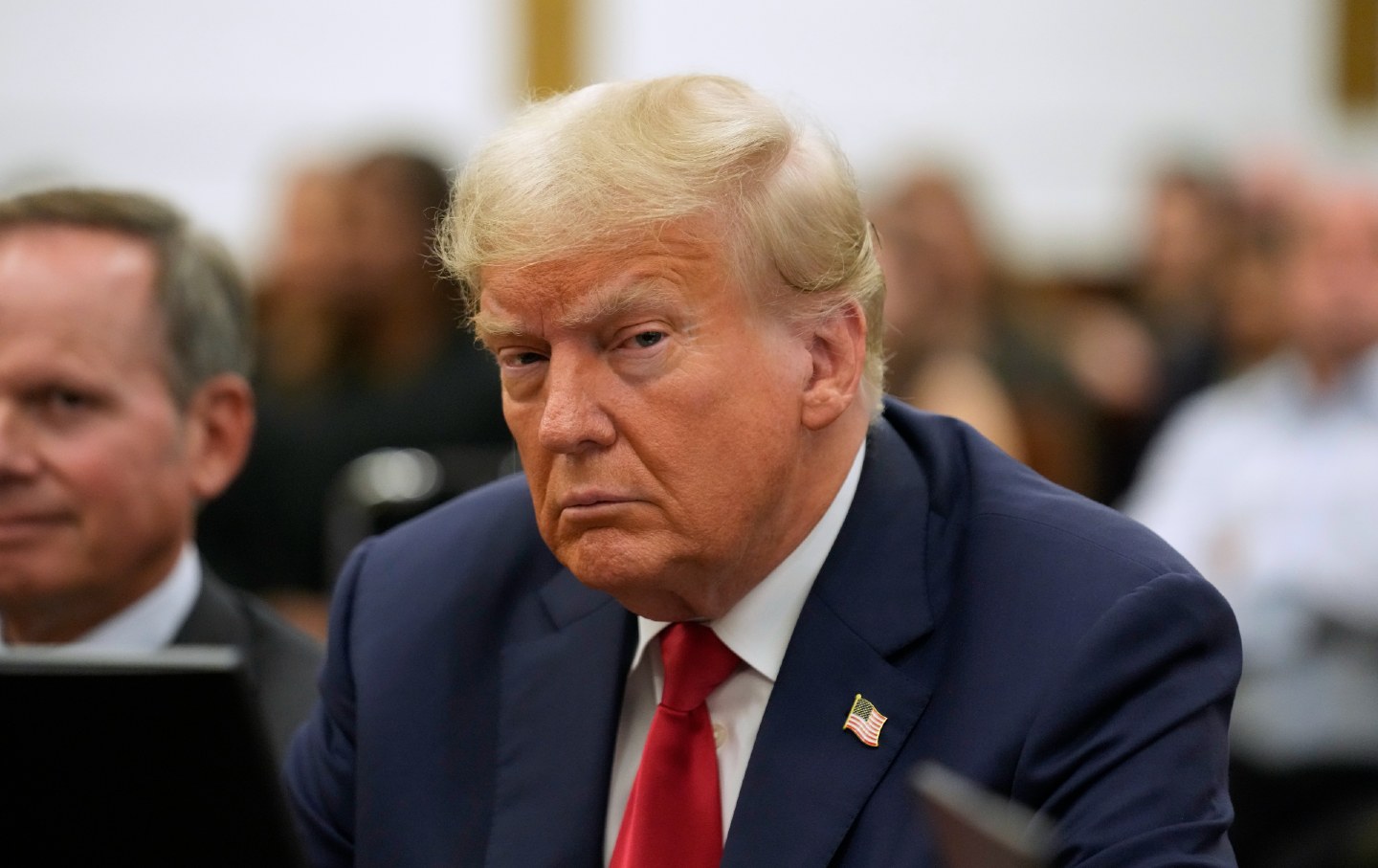
Icannot actually list all the people Donald Trump has wished to harm with physical violence. They include most of his political opponents, often along with their families; every prosecutor who has investigated or indicted him; nearly every judge who has presided over one of his cases, protesters; hecklers; former vice president Mike Pence; and there was also that time he threatened to nuke a hurricane. I also can’t comprehensively list all the people of color whom Trump has tried to nudge his white-supremacist supporters to harm, but an abbreviated list includes Khizr and Ghazala Khan, Colin Kaepernick, Alvin Bragg, Fani Willis, Ruby Freeman, Shaye Moss, and basically every Black person who can’t rap.
Now, as Trump’s civil trial for fraud gets underway in Manhattan, it is New York Attorney General Letitia James’s turn to be threatened by Trump. He’s attacked her before, but, like a squirrel high on cocaine, Trump gets more frenzied the deeper he’s backed into a legal corner. On Monday, Trump took time out of the first day of his trial to find the cameras and call James a “racist” (as if she’s prosecuting Trump because he’s orange), and said, “[Y]ou ought to go after this attorney general.”
Trump will most likely get away with threatening the prosecutor in his case (again) because he intuitively understands the value of vague language. “You” could be anybody, and “go after” could mean anything. Don’t get me wrong. I’m not an idiot; I know perfectly well that the “you” is his army of MAGAs who are dumb enough to, say, storm the US Capitol, and the “go after” means that he wants them to hurt James. But what I know and what I can prove are two different things. James knows it too: Unlike Trump, who is flanked at all times by Secret Service agents, James likely has to up her private security detail every time that flaming coward calls on his people to attack her.
Trump’s rhetoric is designed to get someone killed. It’s happened before, and not just on January 6. I do not believe the 2019 mass shooting at the Walmart in El Paso, Tex., would have happened in a world without Trump. January 6 and El Paso were mass violence events, but just last week, a guy in a MAGA hat shot an Indigenous protester in New Mexico. White domestic terrorism is part of the MAGA brand, and that comes from the top. People are obsessed with whether Trump is “ordering” the violence, but that slightly misses the point by focusing on the (appropriately narrow) legal definition of incitement. The larger problem is that the person at the head of a giant political operation tries to get his people to hurt others, and his constant threats have become so normalized that most people just shrug it off.
Trump encourages violence. He is permissive of violence on his behalf. And, as far as I can tell, Trump likes violence. Trump wants violence to be done against his perceived enemies, and every now and again, someone is crazy enough to try it.
Trump’s defenders always say that he doesn’t intend for violence to occur; it’s just how “regular folks” talk. I’m sad to say that I’ve listened to enough “regular” violent white racist misogynists to say that this defense is at least credible. The hate mail I receive confirms that the very worst people in this country do, in fact, talk a lot like Donald Trump. Sometimes I have to check the IP addresses to make sure that the vitriol is not coming from Mar-a-Lago but the home of some “regular” unhinged lunatic.
The other arguments deployed in Trump’s defense are that he’s too stupid and incoherent to know that his words lead to violence, or that he is just trying to “fire up” his (violent, racist) base with colorful rhetoric. Again, I will acknowledge that Trump is both an inelegant speaker and desperate to be elected. But I could have said (and in fact did say) the same things about George W. Bush. Yet, for all of Bush’s heroic struggles with the English language, he managed to stay far clear of threatening the Democratic speaker of the House, Nancy Pelosi, and would never have lauded an attack on her husband.
The argument that Trump doesn’t intend for actual violence to happen fully breaks down in a situation like his civil fraud trial, because there is no legal, political, or electoral upside in his talking like this; there is no aim other than potential violence against the prosecutor. Trump is sitting for a bench trial in Manhattan: That means there is no jury to impress—or poison. The judge, Arthur F. Engoron (whom Trump has also attacked), is not going to be influenced by anything Trump says about the New York attorney general. Trump’s defenders might point to “the court of public opinion,” and maybe that explains some of the rhetoric foolishly trying to paint James as a “racist,” but what do the threats get him? There are zero people on earth who think, “I wasn’t sure about voting for Trump, but now I have to in order to go after Tish James.”
Even the argument that Trump is going old-school mobster and trying to intimidate the prosecutor doesn’t hold up here. James’s work on this matter is largely done. She oversaw the investigation, brought the charges, and might be the public face on the indictments, but she’s not the lead attorney on the case. The lead trial attorney is a man named Kevin Wallace, who serves as the senior enforcement counsel in the Division of Economic Justice in the AG’s office. If Trump wants to intimidate somebody, it should be the guy who has to stand up every day and call him a crook while Trump glowers over his shoulder. But you’ll note that, as of yet, Trump has no smoke for Wallace (a white guy), just for James, who at this point could sit in the courtroom with a bag of popcorn.
The only conclusion is that the reason Trump is threatening James is that he hopes somebody will act on it. His threats don’t help his case, don’t help his poll numbers, and certainly don’t help with all of the criminal trials waiting for him once this civil one wraps up. Trump is courting violence for the sake of violence: There’s no upside other than his own lust for bloody retribution.
One can argue that all of Trump’s other violent word dumps, including the incitement against Pence, in some way helped him gain or maintain power. But attacking the prosecutor does nothing for him. And yet he still does it. One might conclude that he’s less of a political savant who is an expert at muddying the waters and more of a dangerous criminal who should be wheeled into the courthouse on a gurney while wearing the Hannibal Lecter mask.
Unfortunately, as Clarice Starling might point out, “he’ll never stop.” Trump has faced no consequences for his violent rhetoric in the past, so he will keep going back to that well. It won’t end until he is brought to justice and jailed. The only question is whether he’ll get anybody else killed on his way down.

